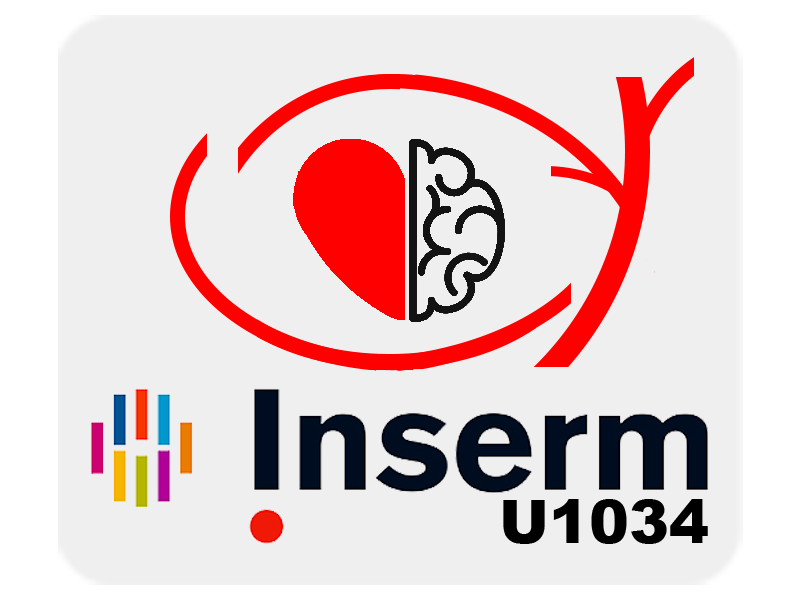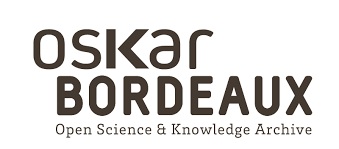Postoperative period
Résumé
Transition from continuous intravenous insulin infusion administered intraoperatively is an important element in the postoperative management of a diabetic patient. The basal-bolus scheme is the most suitable strategy taking into account the nutritional supply and variable needs for insulin. It reproduces the physiology of a normal pancreas: (i) long-acting insulin (= basal) which should immediately take over from intravenous insulin simulating basal secretion; (ii) ultra-rapid insulin to simulate prandial secretion (= bolus for the meal); and (iii) correction of possible hyperglycaemia (= corrective bolus). A number of schemes are proposed to help calculate the dosages for transition from IV insulin to subcutaneous insulin and for the basal-bolus scheme. Postoperative resumption of a personal insulin pump requires the patient to be autonomous. If not, it is mandatory to establish a basal-bolus scheme immediately after stopping IV insulin. Monitoring of blood sugar levels should be continued postoperatively. Hypoglycaemia and severe hyperglycaemia should be investigated. Faced with hypoglycaemia < 3.3 mmol/L (0.6 g/L), glucose should be administered immediately. Faced with hyperglycaemia > 16.5 mmol/L (3 g/L) in a T1D or T2D patient treated with insulin, investigations for ketosis should be undertaken systematically. In T2D patients, unequivocal hyperglycaemia should also call to mind the possibility of diabetic hyperosmolarity (hyperosmolar coma). Finally, the modalities of recommencing previous treatments are described according to the type of hyperglycaemia, renal function and the quality of the diabetic control before and during hospitalisation.
ILe relais de l’insuline IVSE administrée en peropératoire constitue un élément essentiel de la prise en charge du patient diabétique en postopératoire. Le schéma basal-bolus est le plus adapté compte tenu des apports nutritionnels et des besoins variables en insuline. Il reproduit la physiologie d’un pancréas normal : (i) une insuline lente (= basal) qui doit relayer sans délai l’insuline IVSE simulant la sécrétion basale ; (ii) des insulines ultrarapides pour simuler la sécrétion prandiale (= bolus pour le repas) ; et (iii) pour permettre la correction d’une éventuelle hyperglycémie (= bolus correcteur). Des schémas sont proposés pour aider au calcul de posologies pour le passage de l’insuline intraveineuse à l’insuline sous-cutanée et pour le schéma basal-bolus. La reprise en postopératoire d’une pompe à insuline impose que le patient soit autonome. Sinon, il est obligatoire de mettre en place un schéma basal-bolus sans délai à l’arrêt de l’insuline intraveineuse. La surveillance glycémique doit être poursuivie en postopératoire. Les hypoglycémies et les hyperglycémies graves doivent être recherchées. Devant une hypoglycémie < 3,3 mmol/L (0,6 g/L), un resucrage doit être entrepris immédiatement. Devant une hyperglycémie > 16,5 mmol/L (3 g/L) chez le DT1 et chez le DT2 traité par insuline, la recherche d’une cétose doit être systématique. Chez les DT2, une hyperglycémie franche doit également faire évoquer une hyperosmolarité diabétique (coma hyperosmolaire). Enfin, les modalités de reprise des traitements antérieurs sont détaillées selon le type d’hyperglycémie, la fonction rénale et l’équilibre du diabète en préopératoire et durant l’hospitalisation.





